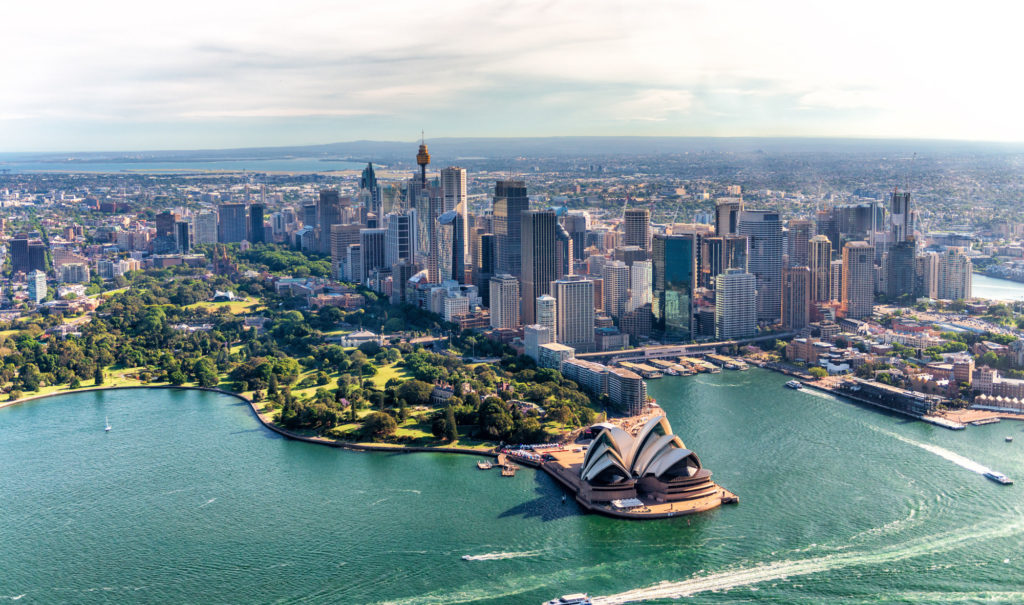How to Buy a House in Australia as an Expat or Non-Resident
Are you someone who finds themselves in Australia so much that you might as well be coined an “Aussie”?
If so, you probably think it makes more sense to buy a house in the land down under, rather than regularly rent and book places to stay.
There’s only one problem — you’re not a resident.
How can you go about buying a house in a country you don’t have a residence in? Is that even possible?
Fortunately for you, there are ways to go about this scenario and land your dream home.
Here’s how to buy a house in Australia in a step-by-step process.
1. Build Your Team
Before you can do this, you’ll need to have an idea of the state that you want to buy property in.
You’ll need a team that consists of a conveyancer, broker (for the mortgage), and agent, all of which need to be in the state that you’re buying a home in (except the broker).
The conveyancer, or settlement agent, will oversee all the legal paperwork that you need to complete and ensure the ownership is legitimate before you sign the dotted line.
Your mortgage broker will be the one helping you set up the financial side of everything and making sure your credit history lines up correctly.
The buyer’s agent that you choose will be most important for the process of filtering out options, touring, and negotiating with the real estate agents for you.
Each is a critical piece to the puzzle, so you’ll want to research the right fit for all three.
2. Get Pre-Approved for a Loan
Now that you’ve assembled your team, it’s time to see what the budget is that you’re working with.
This will help your buyer’s agent the most.
Finding out the amount you’re approved for can help in negotiations as well as filtering out a few locations that are priced well above the amount you were approved for.
Should you choose to skip this step, you risk not being approved for the amount on the house you’ve spent weeks negotiating with.
3. Find Your Dream Home
Whether you’re planning to visit Australia to tour the homes for yourself, or choosing to rely on your buyer’s agent, it’s time to start the home search process.
Use your buyer’s agent’s expertise to be your guide on which area best fits your idea home search.
Compare similar homes, different areas, and keep your mind open to various cities along the way.
4. Begin the Negotiations
Now that you’ve found a property that you like and that fits the bill of your budget, there’s no reason to prolong it anymore — start the negotiations!
While there are factors at play for a possible price, such as the market and city, you and your buyer’s agent should always haggle where you can.
Be sure to factor upcoming fees (such as the FIRB in the next step) into your total cost. The real estate agent you’re working with needs to be conscientious of that fact.
Hopefully, both sides will be able to meet close to the middle and set this entire process up for success at the end.
5. Seek Permission from the Foreign Investment Review Board
Any non-resident that’s interested in buying property in Australia has to get approved via the Foreign Investment Review Board to do so.
While it may sound overwhelming, the entire process only takes a few weeks to complete.
Your buyer’s agent should have a good idea of the process involved and how to set yourself up for approval.
Prepare yourself for the fees associated with it, for they vary from the price on the property that you wish to purchase.
6. Move Forward with the Paperwork
Now that you’ve reached a fair price on your negotiations and started the FIRB process (which your conveyancer will see through to the end), you can start with the paperwork and deposit.
Wait for the “thumbs up” from your conveyancer on the legal integrity of the sale.
From there, as long as your loan has been approved, you can exchange your contract and place down a 10-per cent deposit (minimum).
This is the beginning stage of finalising everything.
Be sure that the property you’re placing a deposit on is ready to go and that your entire team is on board with the purchase before doing so.
After you’ve exchanged contracts and gotten the FIRB approval, you’ll need to sign the loan contract from your bank to wrap everything up.
The settlement will be overseen by your conveyancer, so you won’t need to worry about overseeing the switching over of ownership for the property to your name unless you want to.
7. Time to Move In!
Whether you’re moving your entire life over to your new Australian home or just a few things you deem necessary, you’ll need a way to move everything internationally.
You may be wondering how in the world am I supposed to go about doing that?
Lucky for you, there are international removalists who provide a cost-efficient way for you to move all your necessary belongings internationally.
It will make the moving process as stress-free as possible, and that is a beautiful thing!
Now You Know How to Buy a House in Australia
Hopefully, these steps have given you a better insight into how to buy a house in Australia.
Best of luck with the entire process — while it may be a lengthy endeavour, you’ll soon have your dream home in one of the most beautiful places on Earth.
Check our page frequently for more helpful information like this!
